The music streaming landscape is about to get a lot more transparent. As artificial intelligence reshapes how music is made, a new player is stepping in with tools that could change how we find and consume songs. Coda Music’s latest rollout adds features that identify and filter AI-generated content, a timely answer to concerns about algorithmic tracks flooding playlists.
This arrives just as research shows how hard it is becoming to tell human and AI compositions apart. The platform’s artist-first model also promises payouts potentially 100 times higher than traditional streaming services, thanks to direct fan-to-artist revenue. With backing from Merlin, one of the world’s largest digital rights agencies, the push for transparency has serious muscle behind it.
Why AI labeling actually matters for music discovery
AI transparency in music is not just an ethics seminar, it is about giving listeners control. The big platforms have stumbled here. Consider The Velvet Sundown, a widely reported as an AI-generated project that reached hundreds of thousands to over one million monthly Spotify listeners, according to press coverage. That is what happens when users lack tools to make informed choices about the music they back.
If you cannot tell human creativity from machine output, you cannot choose. The challenge multiplies because AI shows up everywhere, not only in full-song generation but in vocals, instrumentation, mixing, and post-production. Without clear labels, listeners are flying blind through catalogs where the source of the sound is hidden.
Labeling works in other media. Canada’s MAPL system has supported its domestic music scene for decades, a reminder that transparency helps people decide what to support. When Spotify signaled support for DDEX standards, it marked a shift toward acknowledging AI’s role in creation.
The technical wrinkle is real. Studies show participants often mistook high quality AI compositions for human work, while they could spot weaker AI tracks. That inconsistency makes automated detection shaky on its own, so labeling from the source matters.
This echoes past tech shifts, from early synthesizers to modern digital audio workstations, with a twist. AI does not just mimic an instrument, it can imitate entire creative processes, including the small, subjective decisions that shape musical identity. Transparency, now, is urgent.
How Coda’s blocking tools could reshape streaming
Coda Music’s filtering is not just another toggle, it targets a power imbalance in streaming economics. Traditional platforms pool revenue, a system that concentrates earnings at the top, but Coda’s model lets artists capture fairer value from their specific listeners.
Blocking becomes vital when you picture the volume of AI content. Current systems are ill suited to AI’s complexity, especially for attribution and compensation. How do you split royalties if you cannot pinpoint which parts of a track were human or algorithmic? It is a logistical mess that rewards the platform, not the people who made the music.
Granular control helps both discovery and dollars. Prefer to support human musicians, filter out AI-heavy tracks. Curious about algorithmic creativity, lean into it. This is choice architecture built for different comfort levels with technology, not one feed for everyone.
That nuance matters. Industry experts suggest that clear labeling helps both camps find what they want, rather than pushing a single approach.
Coda pairs these tools with social features, what founder Randy Fusee describes as "Instagram functionality built in with the streaming service laid on top". Labels and blocks become part of a community-oriented discovery flow where values and connections guide listening, not just a faceless recommendation engine.
If this model works in practice, other platforms will feel the pressure to follow. Give people the tools to vote with their ears and wallets, and the economics of AI versus human content can shift toward informed choice.
What this means for artists and rights holders
The stakes for creators go beyond labels, they touch ownership and pay. Legal fights have begun, with Danish CMO Koda suing AI music company Suno over allegedly training on protected repertoire without consent or compensation. The warning is stark, Koda (with IFPI Denmark) projects Danish music could lose 28% of revenue by 2030 under current AI trends.
This is not just human versus AI as rivals. It is about AI systems possibly trained on human works without permission, then used to create competing content. When Koda says Suno concealed the scope and sources of training data, the question becomes ownership in the AI age.
Coda’s transparency tools could help artists protect their work and get credit where it is due. Because of the platform’s direct fan-to-artist model, when human creators are clearly identified and supported, they can earn far more than traditional streaming payouts. Suddenly, accurate labels tie directly to income.
The attribution plumbing is evolving quickly. Researchers outline content-based architectures that embed attribution into creative workflows, enabling transparent provenance and real-time settlement. Complex, yes, but they could turn AI from threat into infrastructure for fair pay. Picture every musical element with embedded attribution that routes royalties automatically, from drum patterns to vocal hooks.
Implementation is the hard part. Experts point out how tricky ethical identifiers can be, since AI can touch so many parts of a track. Standards must span everything from AI-assisted mixing to fully algorithmic composition, while staying usable day to day.
The bigger picture: streaming’s transparency revolution
Coda’s labeling push fits a broader move toward accountability on digital platforms. Its approach aligns with emerging standards that ask artists to specify how AI contributed to tracks, including vocals, instrumentation, and post-production.
This wave addresses core questions of authenticity and fairness. When major tech companies run popular AI music platforms, people wonder whether AI will concentrate power or spread it. Clear labels and user controls like Coda’s can bend the curve toward empowerment.
We have seen this movie before, just faster. Copyright law has tended to absorb new forms, from recognizing sound recordings in 1972 to the 2018 Music Modernization Act. The AI moment feels like another inflection point where law, tech, and money must catch up, only the clock is ticking.
The technical base is maturing. New systems organize music into granular components with built-in attribution tracking, ideas that support what researchers call Fair AI Media Platforms. That kind of spine could power the transparency and control Coda is piloting, reshaping how music functions as both art and commodity.
Success hinges on adoption. Consumers say they support AI identification badges, yet implementation is tough. Coda’s rollout will test whether transparency truly changes listening habits and creator pay.
The ripple effects reach beyond music to visual art, writing, and video. If labeling and user controls work here, the same playbook could influence other creative fields, with knock-on effects across the creator economy.
Where does streaming go from here?
Coda’s AI labeling and blocking tools are not minor tweaks, they hint at a shift toward user agency and creator transparency that could reshape streaming. The platform’s artist-first revenue model, backed by Merlin, shows that alternative economics are getting real attention from major industry players.
The timing is critical. As AI music grows more sophisticated and legal frameworks scramble, platforms that prioritize transparency and control may gain an edge. We can see the stakes in Koda’s case against Suno, where consent, transparency, and compensation take the spotlight and could set lasting precedents.
The test is simple, do users adopt, do creators buy in. If Coda proves that clear labels improve discovery while boosting artist revenue, others will follow. As one researcher notes, “Listeners deserve to know how the sounds they love are made, and artists deserve the chance to explain it.”
The alternative, opaque AI content and concentrated revenue, feels less and less sustainable as both artists and fans push for control. Factor in projections that Danish music could lose 28 percent of revenue by 2030 without proper AI governance, and the economic case for change gets hard to ignore.
In short, Coda suggests the future of streaming is not just about massive catalogs, it is about informed choice and fair compensation in an AI-tinged world. Whether that vision sticks will depend on how well the tools serve listeners seeking authentic experiences and artists seeking recognition and pay. Music has always adapted, from vinyl to streaming. This time, transparency and user control might be the pieces that ensure the adaptation serves creators and communities, not just platforms and algorithms.




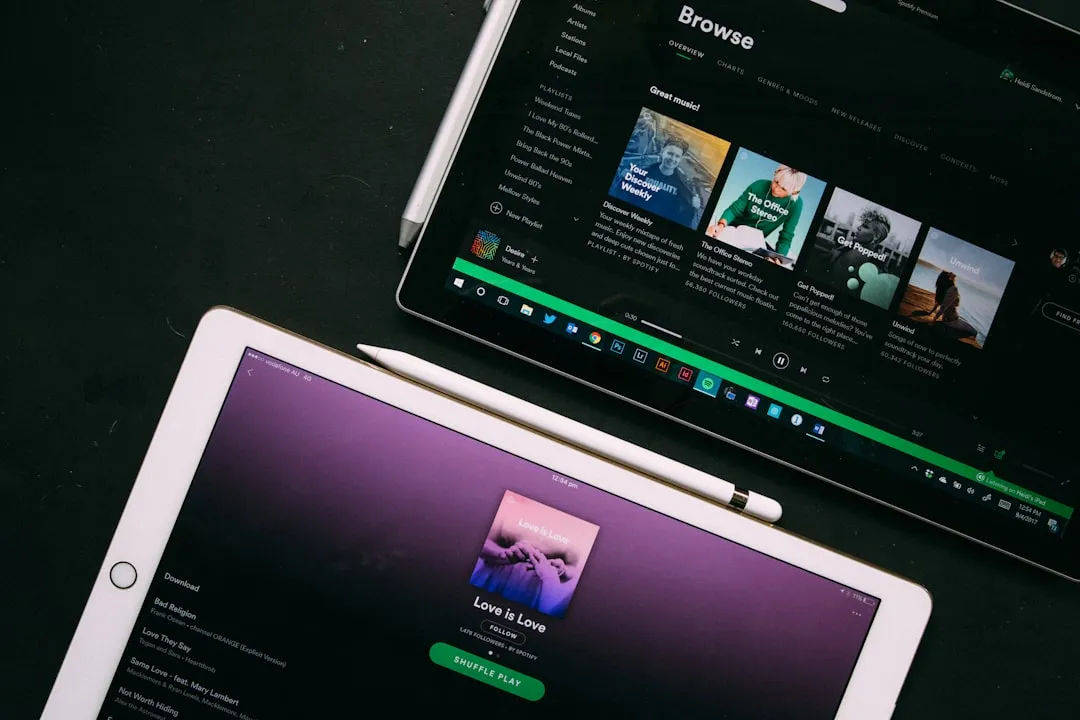
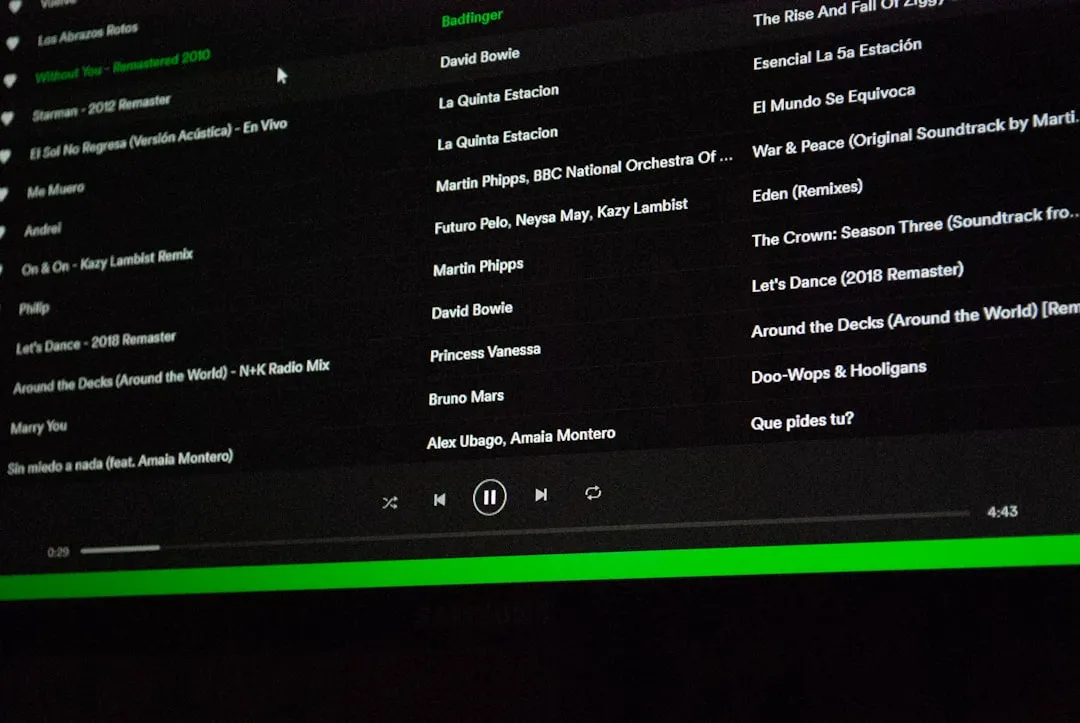
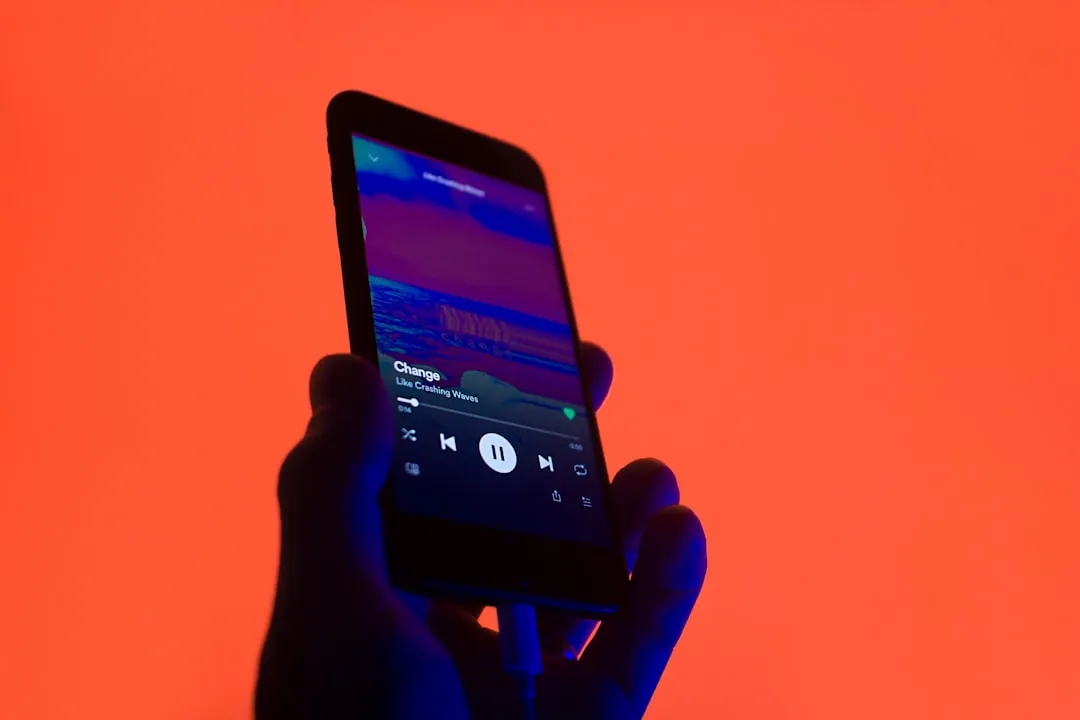
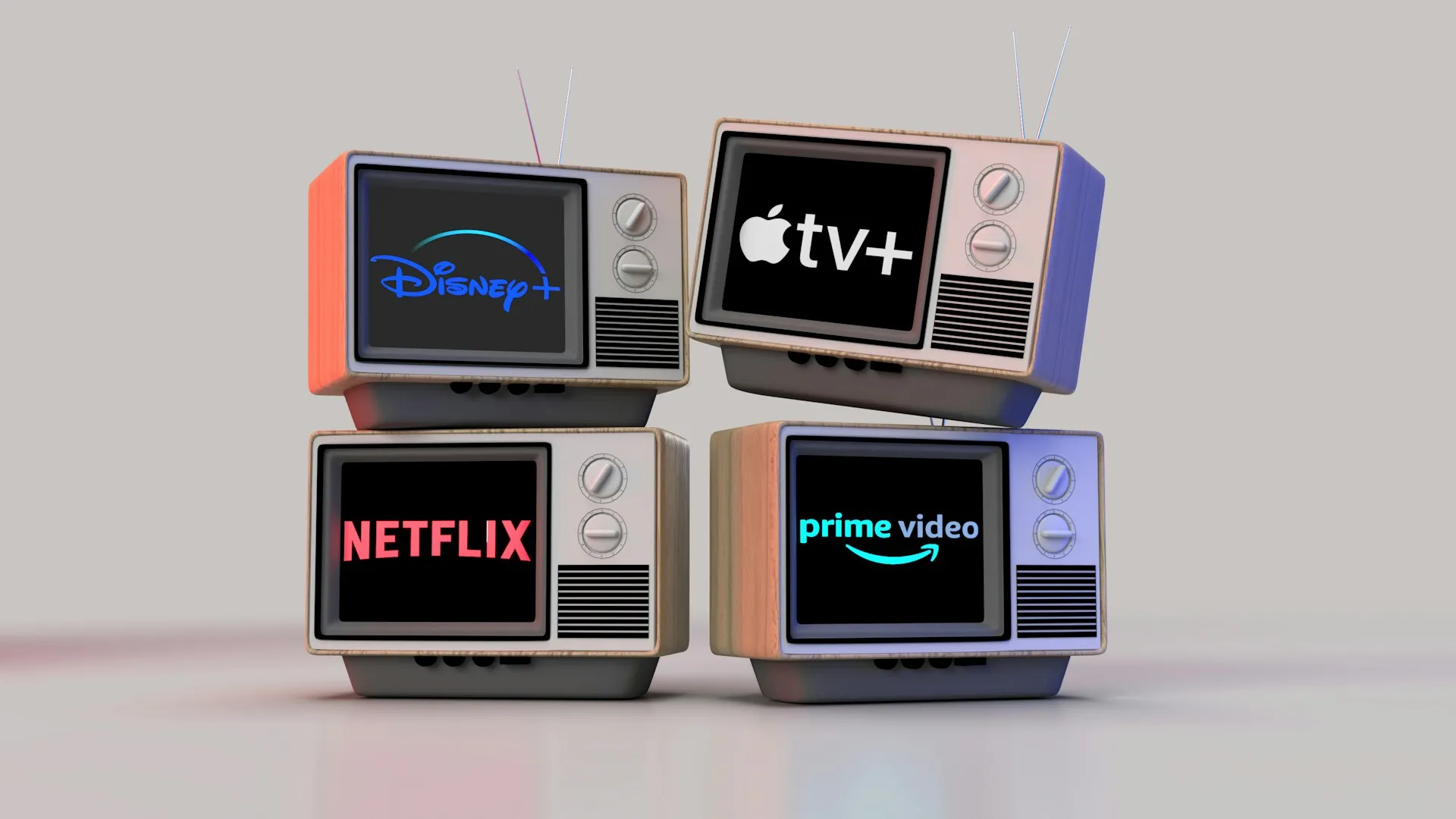
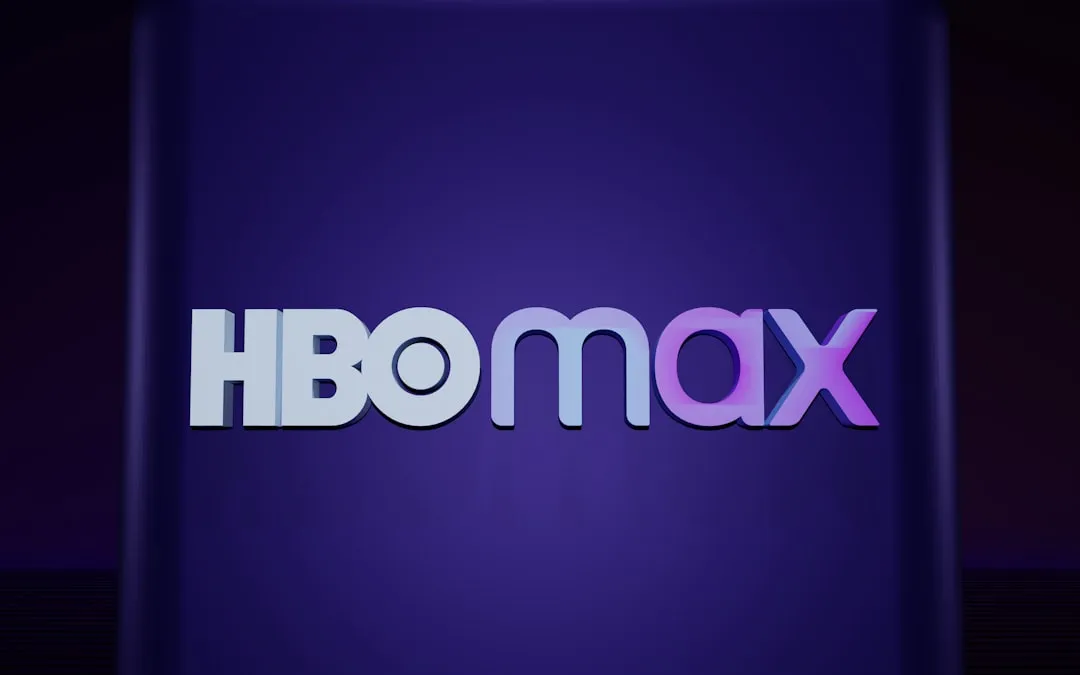

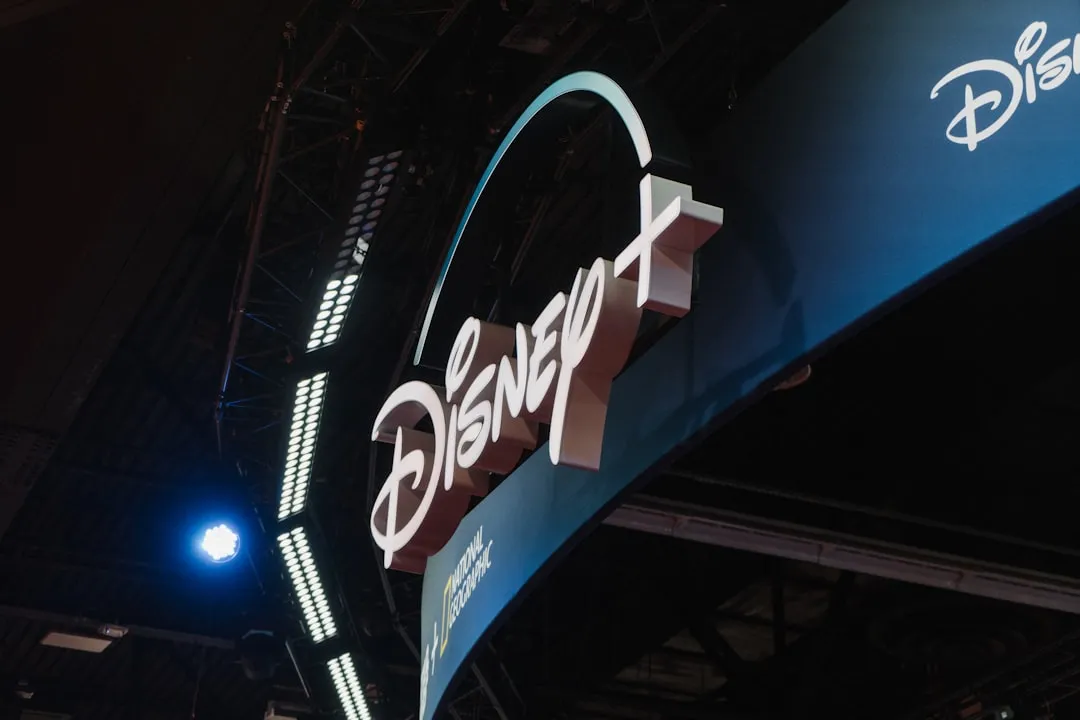



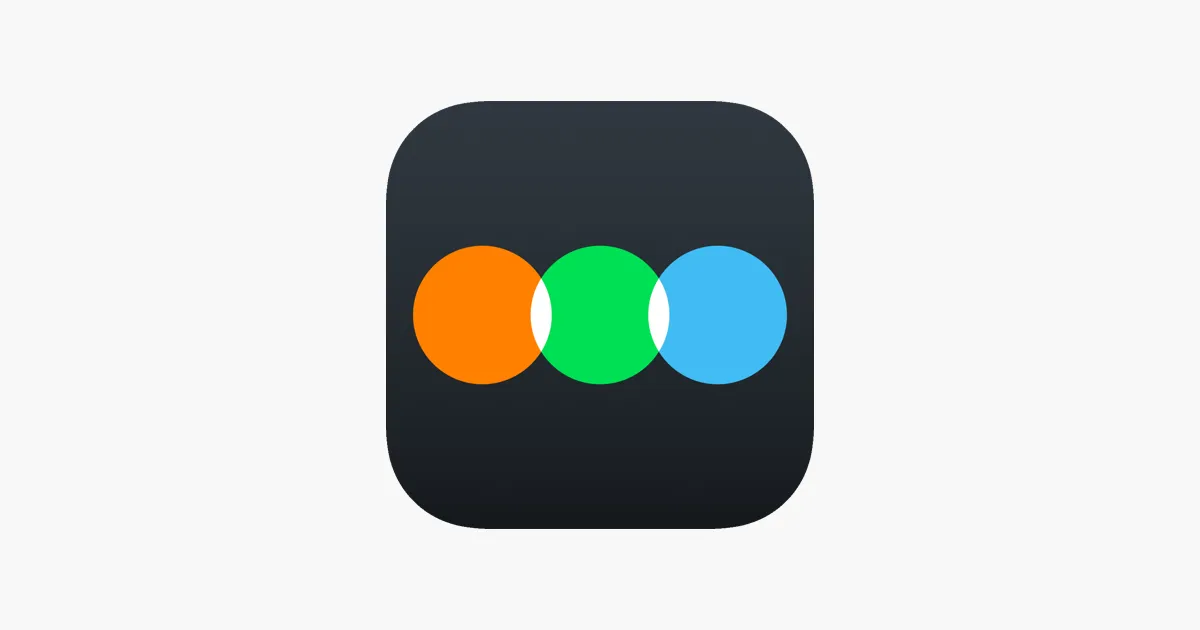
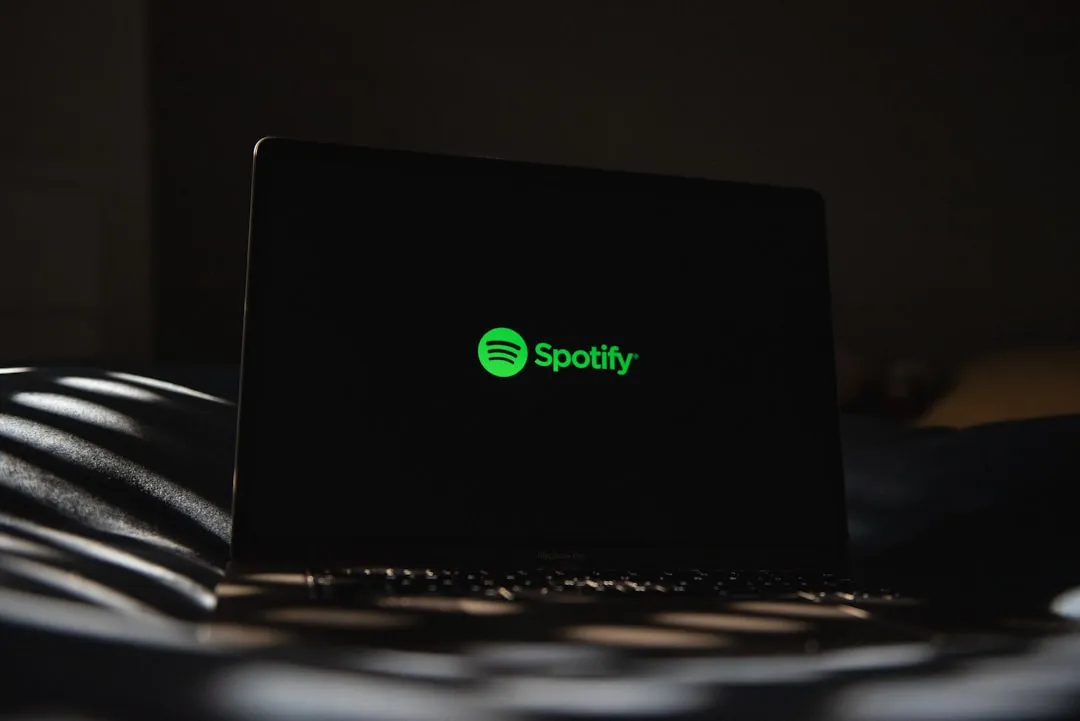




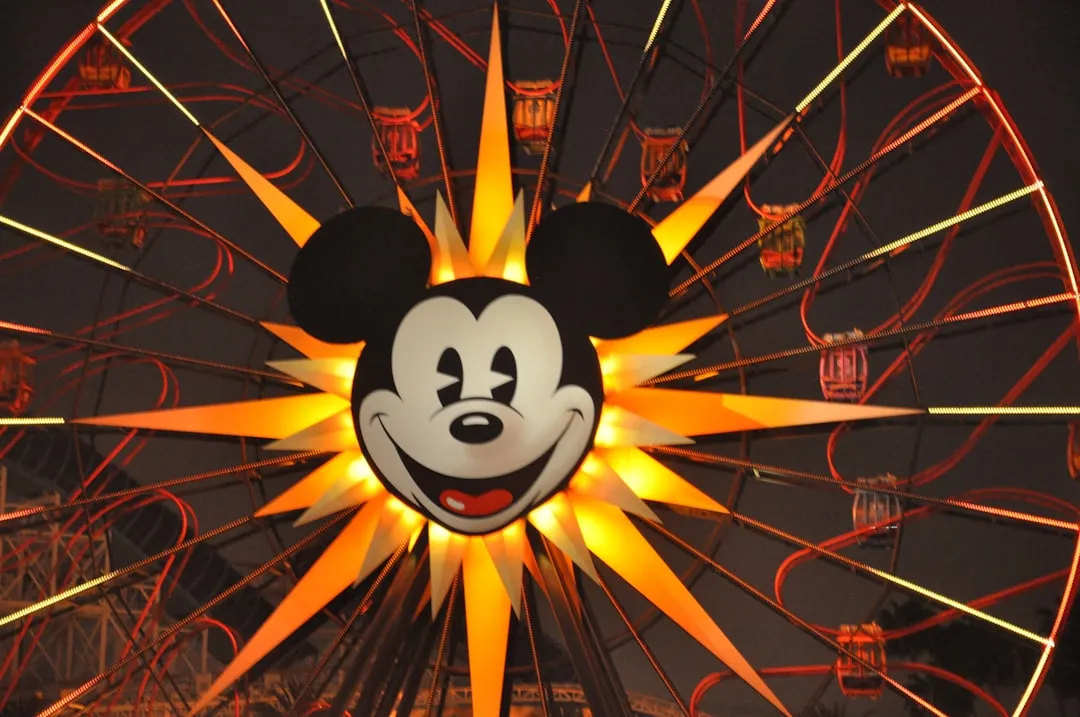
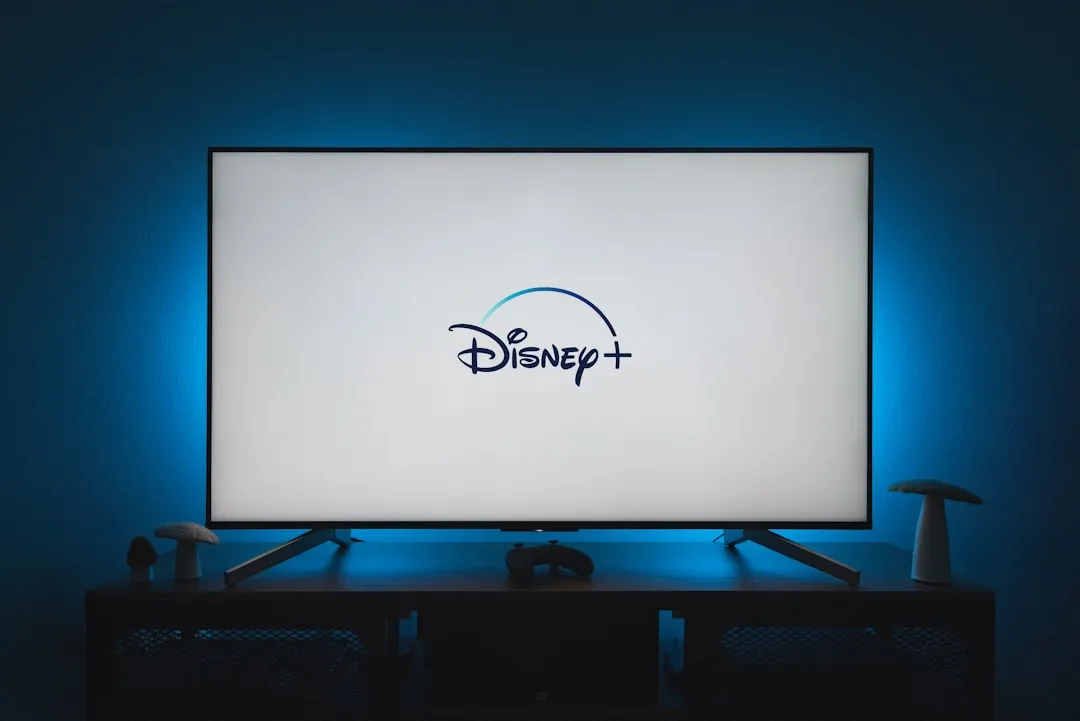
Comments
Be the first, drop a comment!